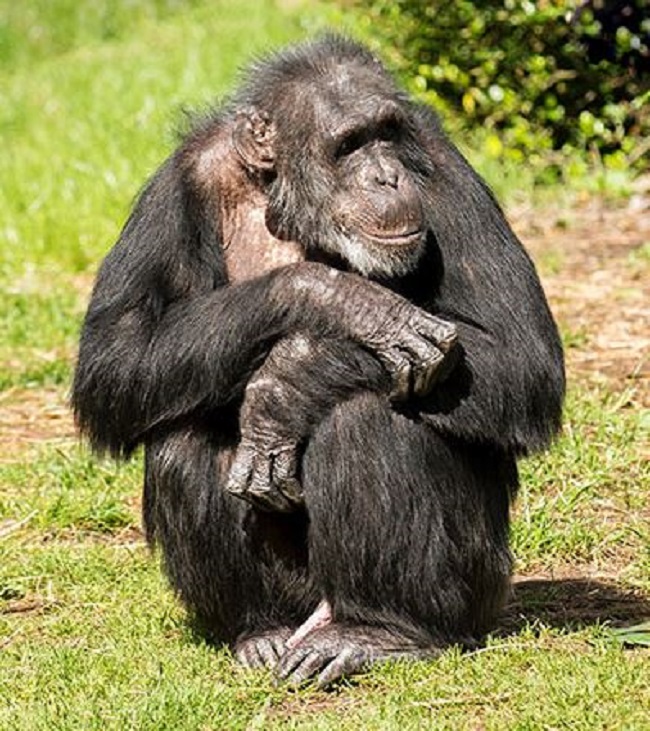
Washington [US]: The first evidence of lasting social relationships between chimpanzees and gorillas in the wild has been found during a long-term study led by primatologist Crickette Sanz at Washington University in St. Louis.
Drawn from more than 20 years of observations at Nouabale-Ndoki National Park in the Republic of Congo, researchers documented social ties between individual chimpanzees and gorillas that persisted over years and across different contexts.
Read also: Astronomers map distances in the largest-ever catalog to 56,000 galaxies
The research was conducted by scientists from Washington University, the Wildlife Conservation Society, the University of Johannesburg (South Africa) and Lincoln Park Zoo (Chicago) and is reported in the journal iScience.
"There are few (if any) studies of interactions between primate species that have been able to take the identity of individuals into account," said Sanz, a professor of biological anthropology in Arts & Sciences.
It has long been known that these apes can recognize individual members of their own species and form long-term relationships, but we had not known that this extended to other species.
"An example of what we found might be one individual travelling through a group of the other species to seek out another particular individual," she said.
Read also: Link between ocean acidification and fast-melting Arctic ice discovered by scientists
We were also able to document such interactions over time and in different contexts in this study."
Most people do not realize that the majority of remaining gorillas and chimpanzees reside together.
The large tracts of forest in the Congo Basin are a conservation stronghold not only for these two kinds of endangered great apes but also for forest elephants, leopards and many other species.
The government of the Republic of Congo and the Wildlife Conservation Society have worked together for nearly three decades to save wild places that sustain the local people, protect natural resources and buffer global climate change.
In a review of published reports combined with a synthesis of previously unpublished data about the daily follows of chimpanzees and gorillas from 1999 to 2020 in the Goualougo Triangle, scientists documented ape species engaging in a wide range of social interactions, ranging from play to aggression.
Researchers investigated several possible benefits of these interspecies rendezvous, including protection from predation, improved foraging options and other social benefits from information sharing.
What they learned shows us that no ape is an island.
"Rather than thinking about chimpanzees alone, we should be thinking about them within diverse and dynamic habitats where they are actively engaging with other species and play an integral role in the persistence of the unique ecosystems in which they exist," said co-author David Morgan, research fellow at Lincoln Park Zoo.
Why interact at all
One of the key theories that has been suggested for why apes might choose to associate with members of different species is to avoid predators.
But information gathered in this study suggests these social interactions can't be chalked up to threat reduction. The scientists found little support for the idea that chimpanzees or gorillas are associated to decrease leopard, snake or raptor predation attempts.
"Predation is certainly a threat in this region, as we have cases in which chimpanzees have been killed by leopards," Sanz said. "However, the number of chimpanzees in daily subgroups remains relatively small, and gorillas within groups venture far from the silverback who is thought to be a protector from predation."
Instead, enhanced foraging opportunities seem to be more important.
The researchers found that co-feeding at the same tree represented 34 per cent of the interspecific associations that they documented, with another 18 per cent of observations involving apes foraging in close spatial proximity but on different foods.
At least 20 different plant species were targeted by apes during co-feeding events in this study, greatly expanding researchers' knowledge of the diversity of resources that chimpanzees and gorillas are willing to gather together to share.
In addition to a greater diversity of interactions than previously documented among sympatric apes, this study revealed social relationships between members of different species that persisted over years.
For example, study authors noted that on several occasions at food sources, they observed young gorillas and chimpanzees seeking out particular partners to engage in bouts of play.
These types of interactions may afford unique development opportunities that extend the individual's social, physical and cognitive comp (ANI)







